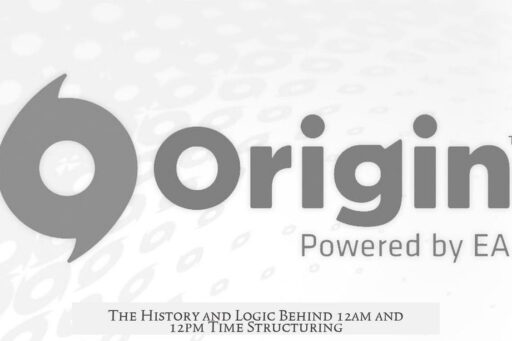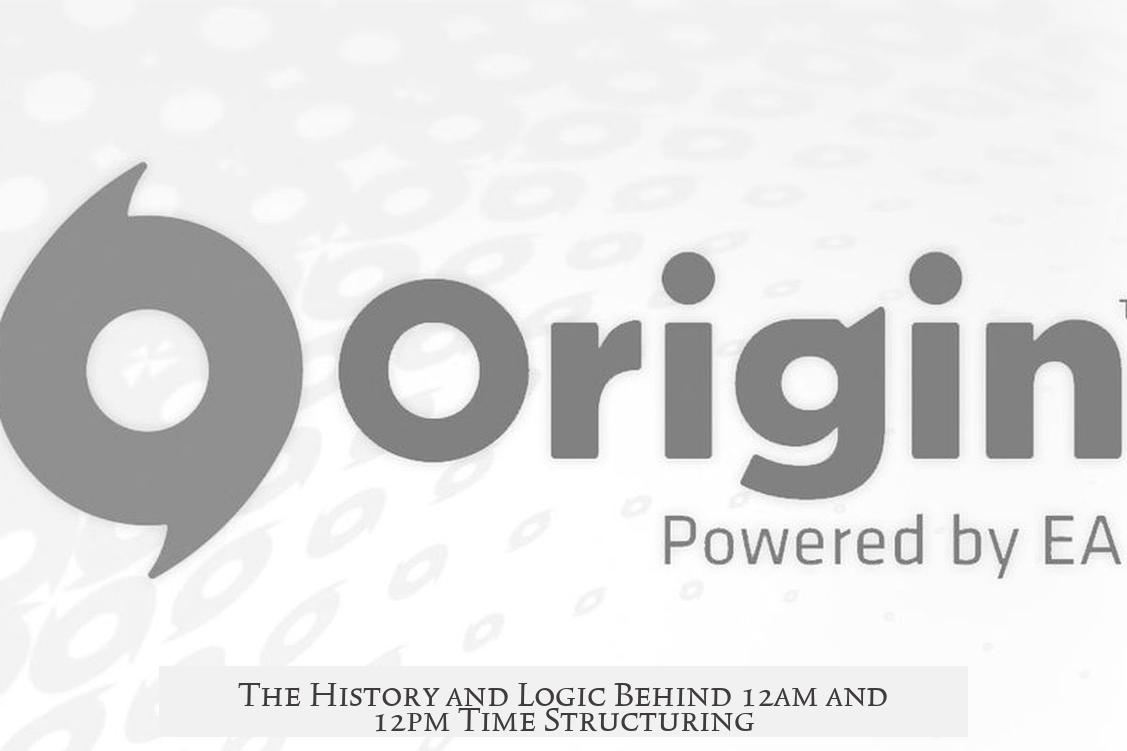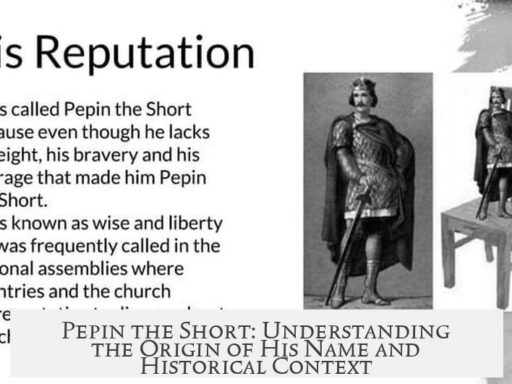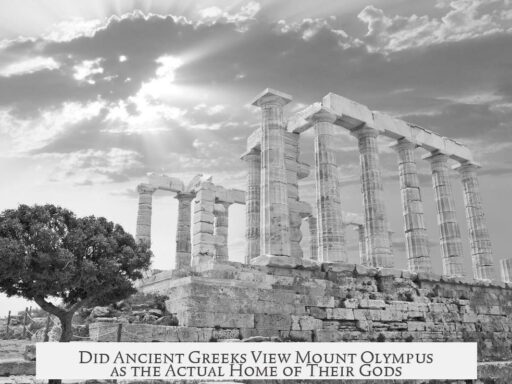The reason civilian time uses 12am/12pm instead of 0am/0pm stems from historical, cultural, and practical factors linked to early timekeeping traditions. The 12-hour clock originated with the Babylonians, Romans, and Greeks, who counted hours without a concept of zero. Each hour represented the completion of a segment of the day or night, numbered from 1 to 12. As such, there was no “zeroth” hour to mark the start of a cycle, making 12 the natural boundary hour representing the completion of a 12-hour period.
The ancient civilizations divided the day into two 12-hour periods—one for daytime, one for nighttime. This led to the current am/pm system where “am” stands for ante meridiem (before midday) and “pm” is post meridiem (after midday). 12 o’clock marks the end of one 12-hour cycle and the start of another, not zero hours.
The numbering system on clocks shows the end of an hour, not its start. For example, 1 o’clock indicates the completion of the first hour after midnight or noon. This method carried over when mechanical clocks were invented, reinforcing the absence of zero in the cycle.
Western timekeeping historically did not include zero as a number, which was introduced into Europe much later from Arabic mathematicians. Without zero, times were counted starting from one. The concept of “zero hour” was not intuitive or used to mark midnight in these traditions.
In contrast, some modern systems, such as the 24-hour clock used in many European countries (e.g., Germany), do mark midnight as 00:00, starting the count from zero. This approach is common in digital formats and military time but did not replace the traditional 12-hour cycle used in civilian contexts.
There is also confusion around what 12am and 12pm mean. Strictly speaking, 12am and 12pm do not exist as exact moments because 12 represents the boundary point between am and pm rather than a time within either period.
- The 12-hour clock is rooted in the numerical and cultural traditions of ancient civilizations.
- The numbering represents the completion of hours, not their beginning, excluding zero.
- Western society historically lacked zero in counting time, making 12 the natural endpoint.
- Modern 24-hour time uses zero to mark midnight but is less common in everyday civilian use.
- 12am and 12pm are boundary points, causing ambiguity in their precise definition.
Why Do We Structure Civilian Time as 12am/12pm and Not 0am/0pm?
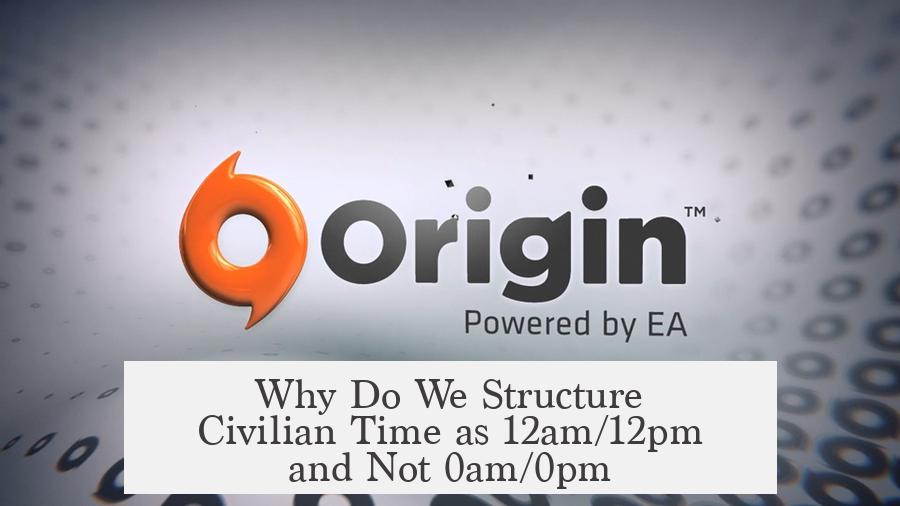
The reason we use 12am/12pm instead of 0am/0pm lies deep in history and human perception of time. The 12-hour clock arose from ancient civilizations counting completed hours rather than starting at zero.
Sounds strange, right? Why didn’t our ancestors think of zero as a starting point? Actually, the concept of zero is a relatively modern invention in Western culture. Let’s dive into why the 12-hour system sticks with 12 instead of zero—because the story is pretty fascinating.
Ancient Roots: Babylonian and Classical Timekeeping
Thousands of years ago, the Babylonians (and later Greeks and Romans) divided the day and night each into 12 segments—no zeros involved.
- They numbered these hours 1 through 12 to represent actual, completed hours in the day or night.
- That’s a key point: hours were **counted by what passed** rather than starting fresh at zero.
Imagine the first hour ticking by—not starting at zero but finishing hour one, then two, and onward to twelve. Therefore, a “twelfth hour” was understood as the end of the cycle. There was no room for a “zeroth hour” because the whole idea of zero just wasn’t part of the counting system.
The End of the Hour Concept
Fast forward to mechanical clocks in Europe: these clocks inherited the Babylonian concept. Each number on the clock didn’t mean “start here” but “you’ve completed this many hours.”
- One o’clock means **the end of the first hour** after midnight or noon.
- Two o’clock means the end of two full hours, and so on.
- Twelve signals the completion of twelve hours—either ending the day or the night cycle.
Because of this legacy, clocks never needed a “zero” hour to mark the start—the cycle naturally wrapped from 12 back to 1. People naturally said things like “fifteen minutes past one” (1:15)—keeping time relative to hours done.
Zero Didn’t Exist for a Long Time in Western Counting

The absence of zero in Western numbering systems profoundly shaped how time was structured.
In many ancient cultures, zero as a number didn’t exist or wasn’t widely accepted. Without zero, a “zeroth” hour was inconceivable. Imagine trying to make a clock start at zero if zero doesn’t mean anything!
This cultural absence explains why civil timekeeping stuck to a 12-hour system without a zero point. Instead, twelve marked a boundary, a natural cycle’s close.
How Does the 24-Hour Clock Differ?
Ever been confused by the infamous 12am/12pm? Guess what — some places avoid this confusion entirely by ditching 12 and using a zero hour instead.
In Germany and many other countries, the 24-hour clock rules. Here, midnight isn’t 12am; it’s 00:00. Time ticks up to 23:59, then resets to zero.
So, if you appreciate a clear start point, the 24-hour clock has you covered. It’s logical, keeps time ticking linearly from 0 to 23, and removes the ambiguity around midnight.
But it does come at a minor cost — it abandons centuries-old tradition for a newer idea. Some might say it brings clarity. Others miss the charming quirks of the 12-hour system.
Why Are 12am and 12pm So Confusing?
Here’s a kicker: technically, 12am and 12pm shouldn’t exist as terms. They’re a modern twist trying to apply “am” (before noon) and “pm” (after noon) to the “twelfth hour,” which historically signals the end of the cycle.
Since 12 marks completion — either the end of night (midnight) or day (noon) — it doesn’t fit cleanly into “before” or “after” noon/midnight.
This explains common confusion like “Is 12pm noon or midnight?” The right answer? It’s a trick question. Noon and midnight mark the boundary—not inside am or pm.
What Can We Learn from This?
- Timekeeping is a blend of cultural history, math, and human tradition.
- The 12-hour clock reflects a time before zero was a number people legally used.
- The 24-hour clock brings logical zero starting points, showing time’s linear passage.
- Stick with “12 o’clock” as a marker of hour completion, not as a beginning zero hour.
Next time you look at a clock, remember you’re peeking into an ancient system shaped by a world long before zero was a thing. Maybe that’s why 12am and 12pm trips you up—they’re echoes of a time when counting started differently.
If you prefer a fresh angle, why not embrace the 24-hour clock? But if you love tradition, keep enjoying your 12-hour cycle with its quirky charm. Either way, you’re carrying forward a story thousands of years in the making.
